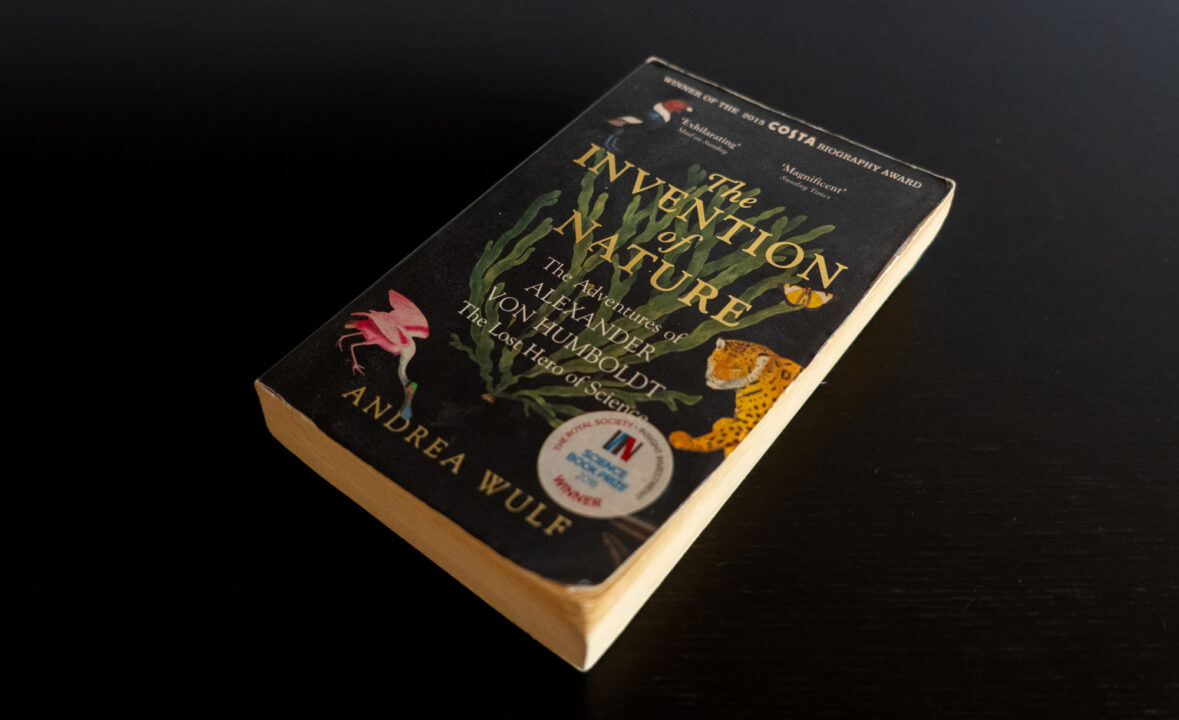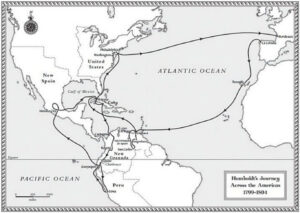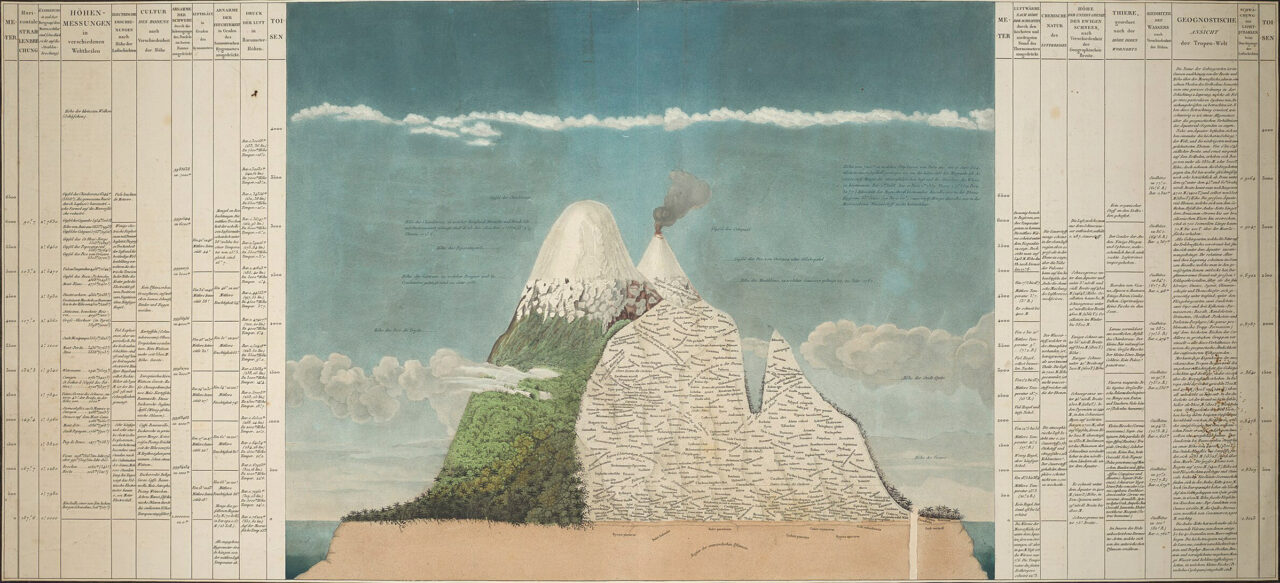A book recommendation might seem a little unusual here, but as a huge fan of Alexander von Humboldt, this book is very special to me. And if you’re a fan of exploration and science, like me, you’ll love The Invention of Nature by Andrea Wulf. This isn’t just a biography; it’s an adventurous dive into the life of Humboldt, one of the most extraordinary naturalists and explorers, his captivating journeys and groundbreaking ideas.

 What I find so impressive about Humboldt is his curiosity, he was not just a naturalist, but also an explorer always trying to push boundaries. He was particularly fond of the Caribbean, Central and South America and so am I.
What I find so impressive about Humboldt is his curiosity, he was not just a naturalist, but also an explorer always trying to push boundaries. He was particularly fond of the Caribbean, Central and South America and so am I.
Much like Humboldt, I’ve always been drawn to Caribbean, Central, and South America. Over the years, I’ve been fortunate enough to visit many of the places he explored and it’s always a delight to see his name pop up in so many different locations, may it be just a street named after him, a river, town, or other landmark. He was not only interested in science but also politics and societal issues.
But Humboldt wasn’t just a scientist; he also had a deep interest in politics and social issues. He wanted to understand how nature and society influenced each other. That’s part of what makes him so modern, even centuries later.
Now, you might be wondering what all of this has to do with scientific illustration. Well, Humboldt understood the importance of communicating his scientific findings to a broad audience, not just through words but also imagery to convey complex ideas. After his five-year expedition through the Americas, he collaborated with scientific illustrators to present his findings visually. Scientific illustrations, Humboldt once wrote, should “speak to the senses without fatiguing the mind.” One of the most iconic illustrations from his work is Tableau Physique (1807), which mapped out the vegetation zones of the stratovolcano Chimborazo, Ecuador’s highest peak, which Humboldt climbed. This illustration is one of the first references for understanding ecological shifts. Humboldt also observed changes in local climate through human intervention, long before today’s discussions of human induced climate change on a global level.
 Needless to say, when I traveled to Ecuador, I had to visit Chimborazo. Standing in the very place Humboldt once explored made me feel like I was retracing his footsteps — just with slightly better gear!
Needless to say, when I traveled to Ecuador, I had to visit Chimborazo. Standing in the very place Humboldt once explored made me feel like I was retracing his footsteps — just with slightly better gear!
So, if you’re a naturalist or explorer at heart, I think you’ll find The Invention of Nature as inspiring as I did.


